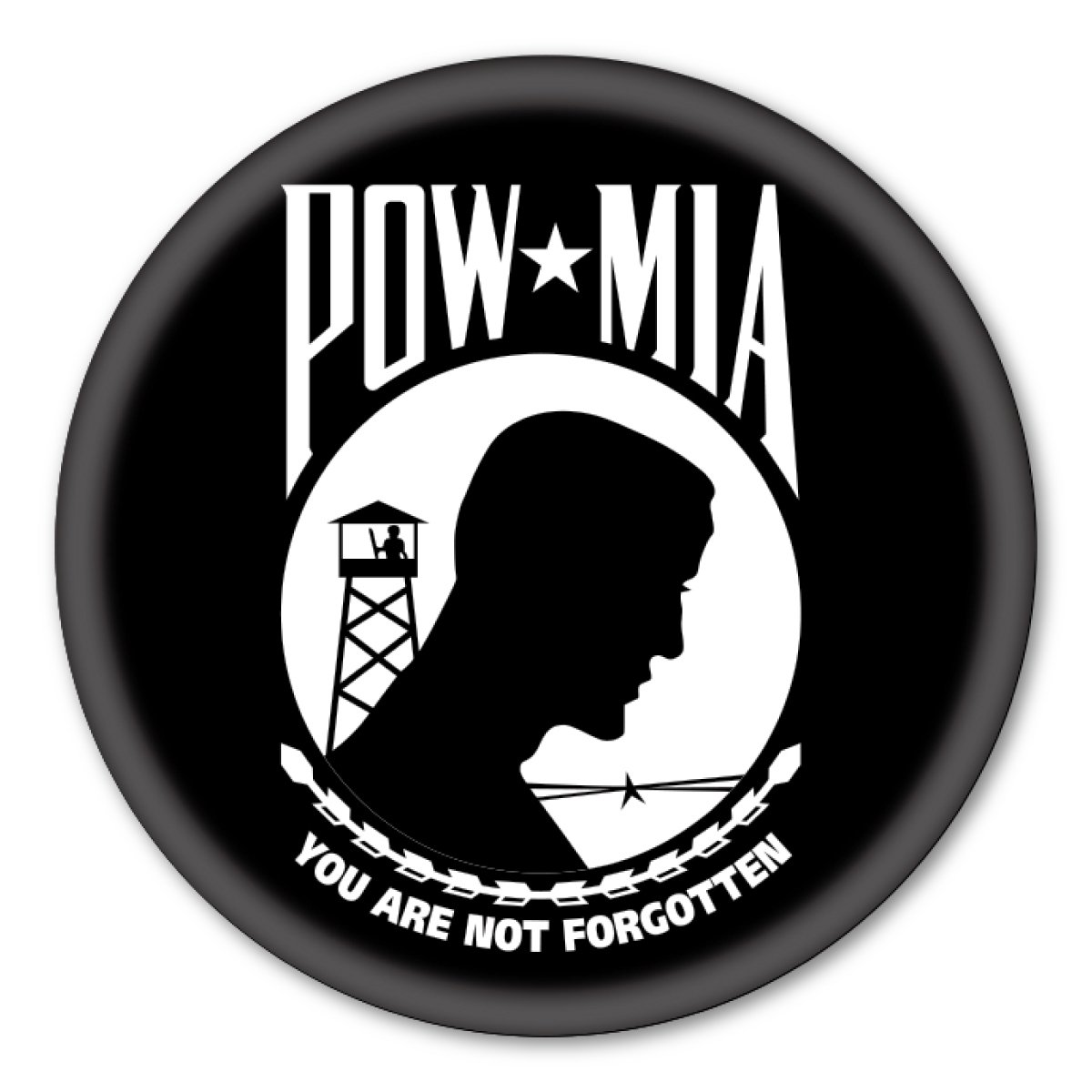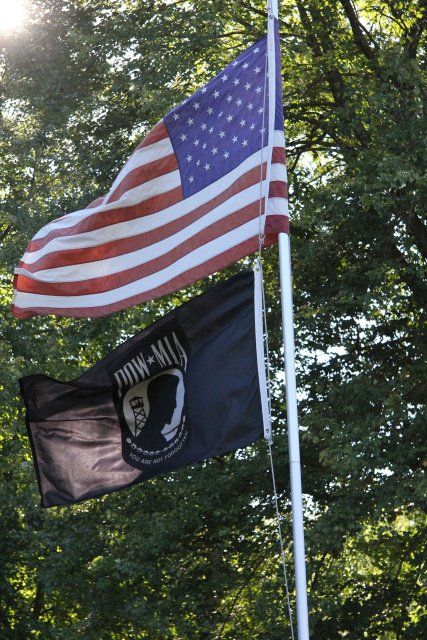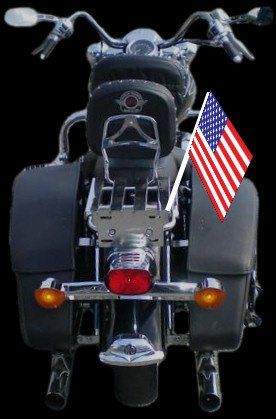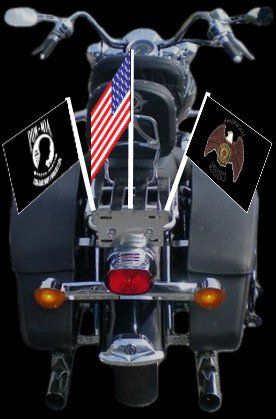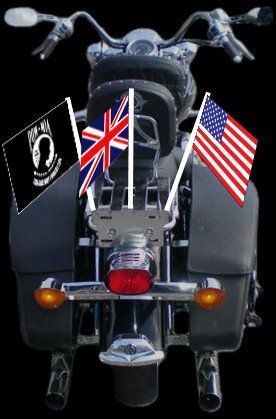On June 14, 1777, in order to establish an official flag for the new nation, the Continental Federal law stipulates many aspects of flag etiquette. The section of law dealing with American Flag etiquette is generally referred to as the Flag Code. Some general guidelines from the Flag Code answer many of the most common questions:
• The flag should be lighted at all times, either by sunlight or by an appropriate light source.
• The flag should be flown in fair weather, unless the flag is designed for inclement weather use.
• The flag should never be dipped to any person or thing. It is flown upside down only as a distress signal.
• The flag should not be used for any decoration in general. Bunting of blue, white and red stripes is available for these purposes. The blue stripe of the bunting should be on the top.
• The flag should never be used for any advertising purpose. It should not be embroidered, printed or otherwise impressed on such articles as cushions, handkerchiefs, napkins, boxes, or anything intended to be discarded after temporary use. Advertising signs should not be attached to the staff or halyard.
• The flag should not be used as part of a costume or athletic uniform, except that a flag patch may be used on the uniform of military personnel, fireman, policeman and members of patriotic organizations.
• The flag should never have any mark, insignia, letter, word, number, figure, or drawing of any kind placed on it, or attached to it.
• The flag should never be used for receiving, holding, carrying, or delivering anything.
• When the flag is lowered, no part of it should touch the ground or any other object; it should be received by waiting hands and arms. To store the flag it should be folded neatly and ceremoniously.
• The flag should be cleaned and mended when necessary.
• When a flag is so worn it is no longer fit to serve as a symbol of our country, it should be destroyed by burning in a dignified manner.
FLAG PLACEMENT ON MOTORCYCLES
